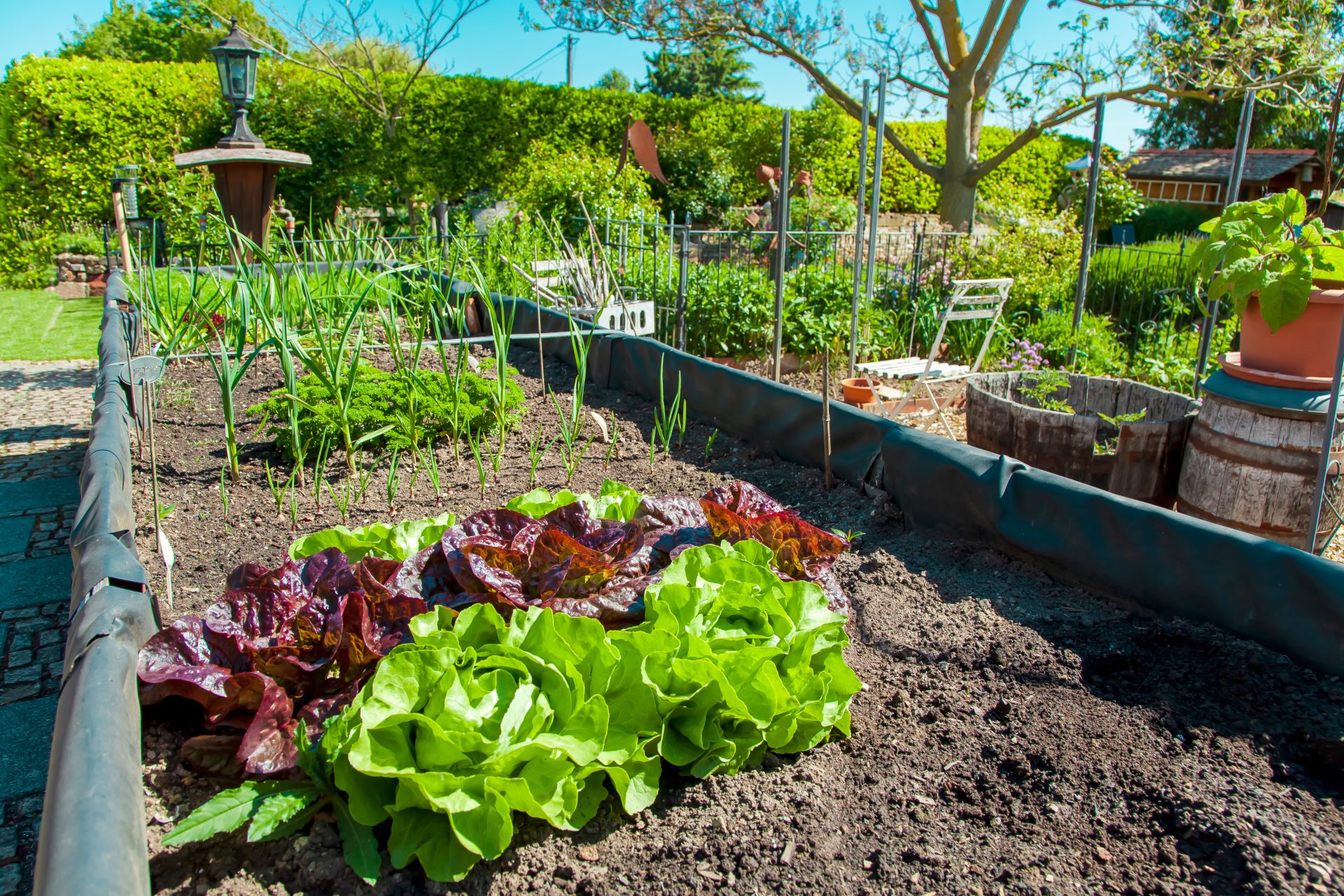
How do you prepare for a new garden plot? We are finding that every year, sometimes several times a year, we want to expand our garden. This happens usually after perusing the seed catalogs or visiting a friend’s garden. Longing for more, more, and more, is the American way, and that’s when ideas begin to percolate. More space would allow more flowers, more veggies, even more of what we already have. Such as onions! Onions are cheap in the store but if you have ever seen our friend Josh’s onions, you will hanker for some even if you aren’t that big on eating onions.
Pre-planning is always the best route to go. You might as well write in your garden diary that next year a new plot will be inducted into the rest of the alumni. Determine the sunlight throughout the day and then select a new area. Maybe it is already growing grass, dandelions, and what have you. That’s ok. Thick black plastic will do the trick of smothering that stuff. We buy it by the roll and spread it out flat across the area we plan to rehabilitate. Don’t do this on a windy day; you will be frustrated for sure. Have handy rocks or bricks to anchor it down. If you allow even a foot of loose plastic, the wind will eventually get under the whole works and tear it up.
Black plastic kills grass pretty quickly by heating up and drying out everything under it within a few months, depending on how hot it is outside. When it is finally removed, you are left with clumps of dry, dead matter which can be raked out easily and tossed into your compost pile and left to rot further. Piling on fresh compost onto this newly exposed soil will give it nutrients, water it in to give the worms an invitation to a moist place to dig into. Let it all break down a bit more before putting your plants in. You can add an organic fertilizer if you feel more is needed. Soil tests are great to use for new plots.
Another method which doesn’t involve plastic is called the lasagna method. This is a layering process which gives you a place to put all that cardboard that accumulates from packages. Without removing the grass from your intended spot, pile on fresh manure or partially decomposed vegetable matter. Then pile another layer of leaves, another of grass clippings if you have those next. Cover it all with large swaths of cardboard. Water it thoroughly and repeat another whole layer of manure, compost, leaves, grass, water again and let it sit. My suggestion is to prepare another bed this spring so that by next year or even late fall to expand your growing area. You will use it, I guarantee.
Since we live and grow food in deer country, fencing is our choice for keeping critters out. We have bought dog fenced kennels, six feet high by ten feet long and attached them all into one big rectangle. Inside that is our garden area, safe and sound. The fencing keeps out rabbits and cats and dogs, oh my, and anything else that roams into our yard. Yes, we know how high deer can jump so there is one more tactic used to deter them. We have collected from the woods, 10 foot branches, about 4 inches wide, not too thick because they will be heavy. We lean these onto the fencing in a diagonal angle from the ground to the top of the fence. Nothing is required to fasten them; the weight keeps them secure in their place. When we have to mow the lawn around the garden, the branches or poles get tossed backward out of the way and then stood up again when we are finished mowing. Don’t ask me the reason why deer will not jump over the diagonal poles. When I worked on a huge organic farm in South Jersey, the farmer used this method with diagonal thick wires anchored to stakes in the ground and attached to the top of the fences with clips. He taught us that this method works. Perhaps the diagonal barriers along with the horizontal fence confuses Bambi and crew; they won’t try to jump when they cannot sense the distance. I know they can jump straight up in the air right over 10 feet of fencing. I have seen them do just that. But add either a double fence row or the diagonal poles/wires every 18 inches and they will not go near it.
I hope our experience will be yours, too, depending on how hungry those critters at your place are. I am always willing to share with four-leggeds and offer them lush clover lawns, daylilies by the scores, and evergreen bushes in the winter. I never put out tulips, hostas, lilies, salad greens, oh the list goes on and on, within deer territory for it will be gone. I expand my horizons and drop some dough on more fencing.
(Karen Cohen is an organic home gardener, seed saver and swapper, and would love your comments, tips, and questions. Email natureswaykaren@gmail.com And Happy Gardening!)



